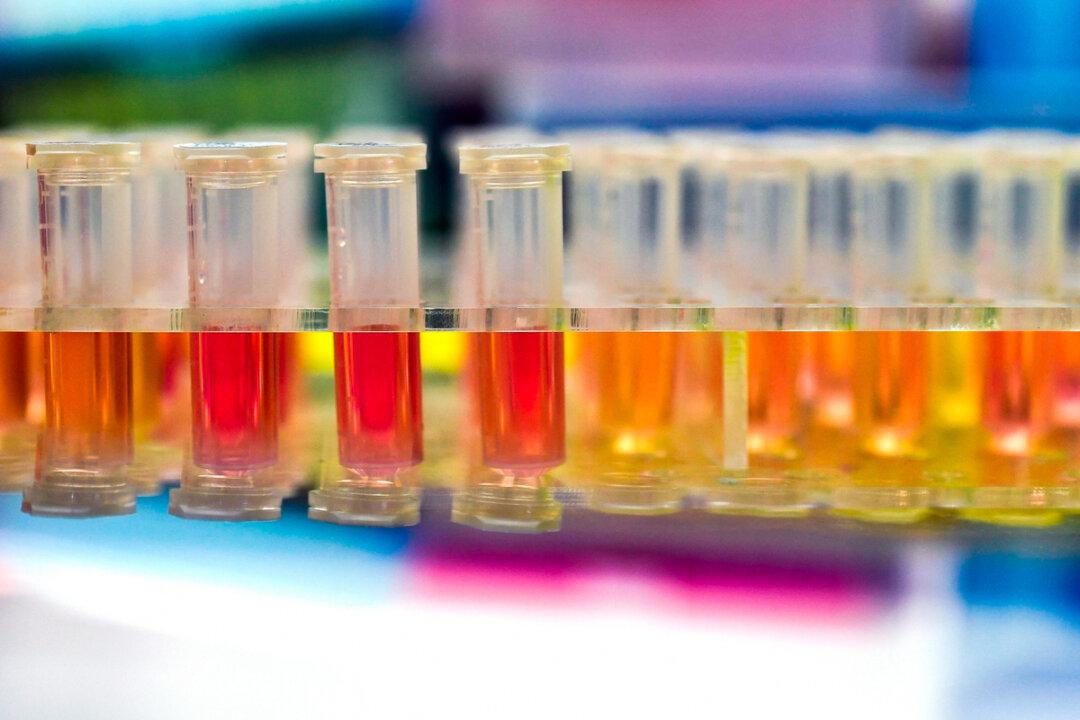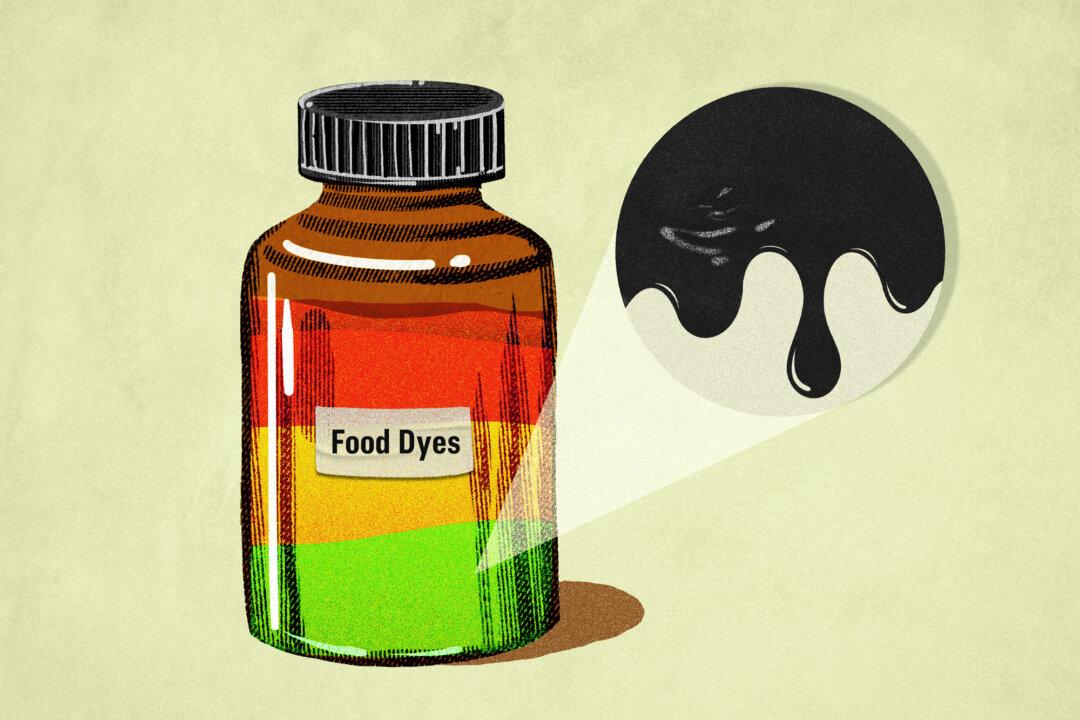A fungus called Fusarium graminearum has made headlines after two Chinese researchers were charged by the FBI with allegedly smuggling it into the United States as a potential agroterrorism agent.
A Common Cause of Crop Disease
F. graminearum is a concerning fungus, as it can contribute to billions of dollars in agricultural losses, Gary Bergstrom, professor emeritus at Cornell University specializing in plant pathology, told The Epoch Times.The fungus typically infects crops during the flowering season in rainy weather, according to Bergstrom. It affects kernel development in grains and can significantly reduce yield if not treated. It can also contaminate crops with mycotoxins—toxins produced by fungi that can cause poisoning in humans and livestock when consumed.
For example, the fungus can infect corn either through the stalk or through the top of the ear, causing “ear rot.” The infection leads to mold growth in kernels, significantly reducing yield and producing inedible corn.
F. graminearum releases four different mycotoxins, the best-known being deoxynivalenol (DON).
DON, also called vomitoxin, can induce vomiting and food poisoning-like symptoms in humans and animals.
Another toxin is zearalenone, which disrupts hormonal function and may cause infertility in livestock, especially pigs.
Poisoning in Humans Difficult to Detect
In humans and livestock, mycotoxins from F. graminearum can cause vomiting, liver damage, and reproductive defects.Most research, however, has focused on animals, as it is very difficult to detect poisoning caused by F. graminearum mycotoxins in humans. In livestock, poisoning is typically identified by testing the feed rather than the animal itself.
Dr. Jerrold Leikin, adjunct clinical professor in the Division of Environmental and Occupational Health Sciences at the University of Illinois at Chicago, said that it is practically impossible to detect F. graminearum toxins in humans.
“It’s almost impossible to diagnose,” Leikin said. “Virtually all hospitals don’t have the ability to diagnose this particular type of food poisoning.”
The main concern with F. graminearum is DON.
The risk that a person will be poisoned by F. graminearum products is very low, as the FDA regulates allowable levels of DON in food.
Flour made for human consumption must not exceed DON levels of 1 part per million (ppm), while allowable levels for livestock range from 5 ppm to 10 ppm. DON does not break down with heat, although processing grains into flour may remove some DON in the sample. Flour mills typically grind incoming wheat and test for DON; if levels exceed certain thresholds, the mill will not purchase the grain, Bergstrom said.
Preventing Introduction of Pests
For the average traveler, agricultural products are generally not allowed to be brought into the United States under normal circumstances. This includes fresh fruits and vegetables, certain meat and animal products, plants and seeds, and soil.Researchers, however, can apply for a permit with the U.S. Department of Agriculture if they need to import or transport such materials for research purposes.
Researchers must apply for a permit from the Animal and Plant Health Inspection Service to bring a strain from another state, with more stringent requirements if it’s being imported from another country.
The permit application typically includes details such as what is being transported, the sender, the precautions that will be taken to contain it in the laboratory, shipping procedures, disposal methods, safety measures, and who will have access to the material.
“[Getting the permit] is not only a legality issue, but it’s just smart science. It’s good science,” Bergstrom said.





